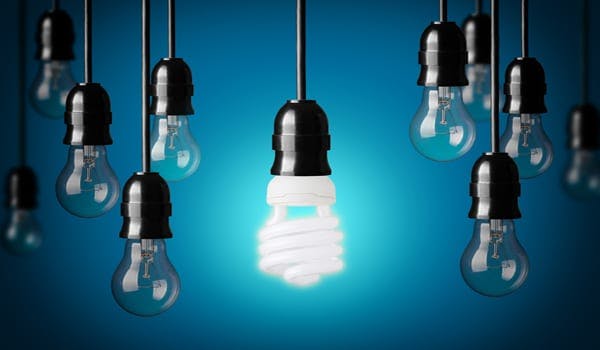The cost of energy is one of the more expensive outlays for small business owners.
During 2011-12, small business expenditure on electricity totaled some $6.2 billion, according to the Australian Bureau of Statistics (ABS). More than half of Australian SMEs believe that energy costs have a significant impact on their business and complain their employees lack concern of their energy use.
However, there are many energy saving behaviours which small business owners aren’t doing to full effect.
Mark Brownfield, General Manager of Marketing & Retail Sales at provider AGL, told Dynamic Business that training your staff in the basics of energy saving behaviour is the first port of call in taking control of energy usage.
Other energy saving tips include: using appropriate lighting, including using energy sensors, running the right sized hot water system, choosing the right fridge and keeping it at the right temperature, and maintaining the optimum temperature in the office as well, including insulation and using energy saving temperatures.
“Just good housekeeping can reduce your energy bills – for example, very efficient LED lighting uses a fraction of the consumption of traditional lighting – it uses about 20% of the energy of normal lighting,” Brownfield said.
Another key area is heating and cooling. “For every degree above 20 that you heat, 10% more energy is used for that heating appliance. If you bring an area down to 24-25, again, for every degree below that, you’re using an additional 10%,” he commented.
Beyond these measures, there are also a number of new online tools available which can help SMEs keep closer watch over their consumption.
SMEs can also use the free My AGL IQ online tool to track their energy use and compare it against similar businesses.
There is also a new app which enables tenants to quickly and easily understand the potential costs of running lighting in an office before they sign a lease.
The ‘LEASA’ App works by helping commercial office tenants to rate and choose the most appropriate office space for their needs with full knowledge of the potential cost of lighting. It does that by helping them to determine which office tenancies are more energy efficient.
The App and associated guide, which have been developed for Apple and Android devices, as well as for use with desktop browsers, was produced by the Royal Institution of Chartered Surveyors (RICS) with grant funding from the Federal Department of Resources Energy and Tourism, under the Energy Efficiency Information Grants Program.

